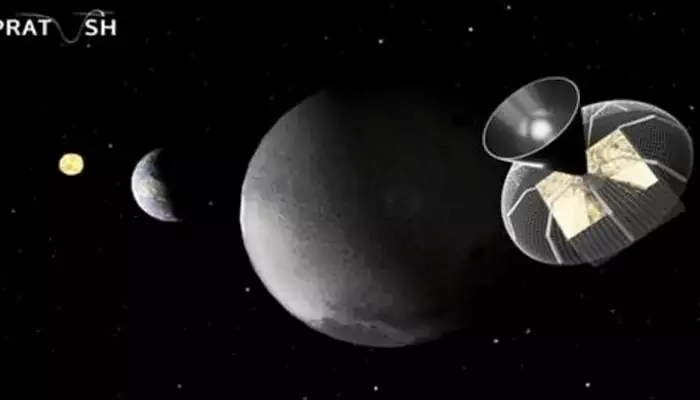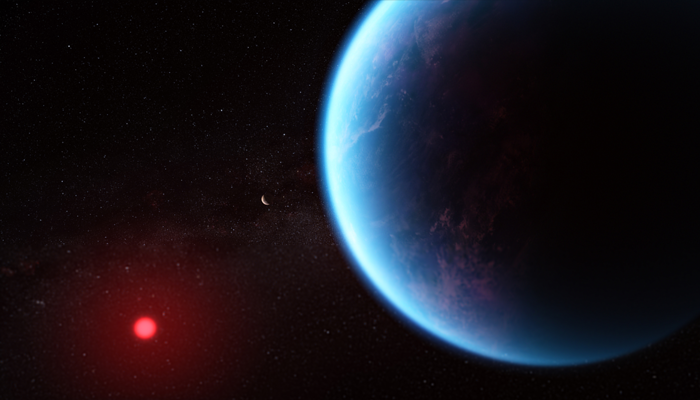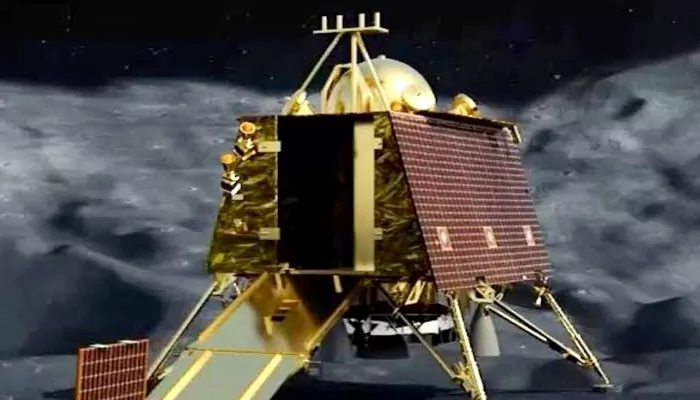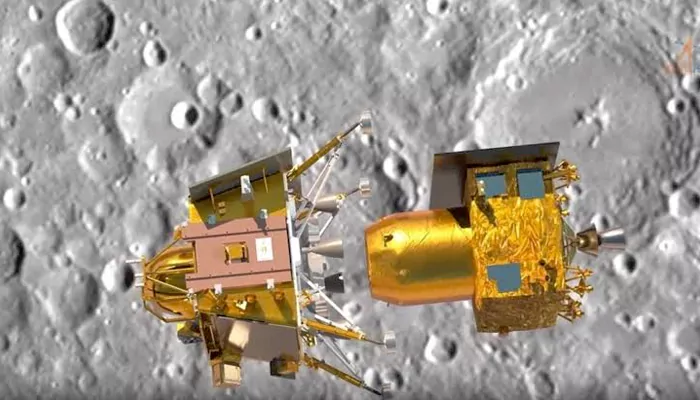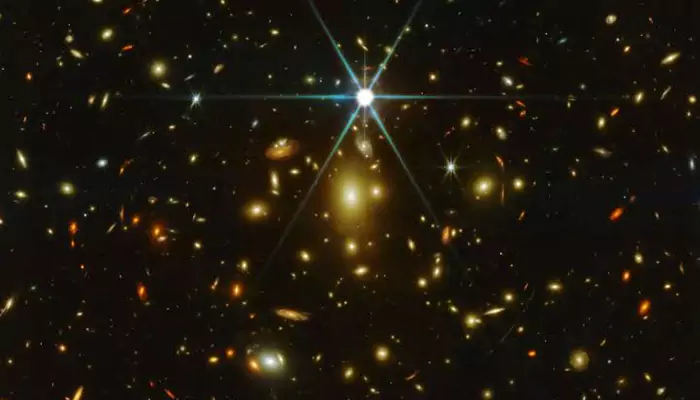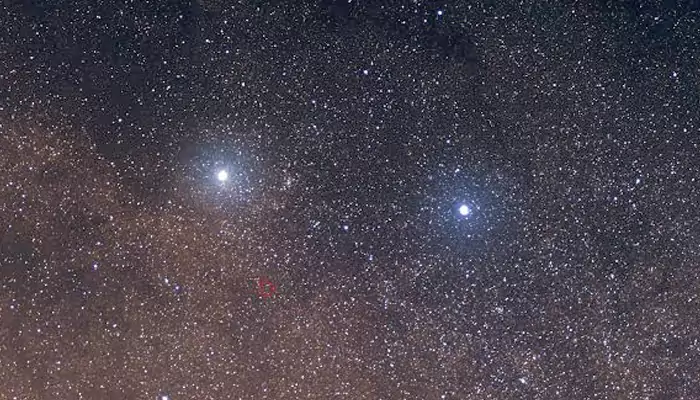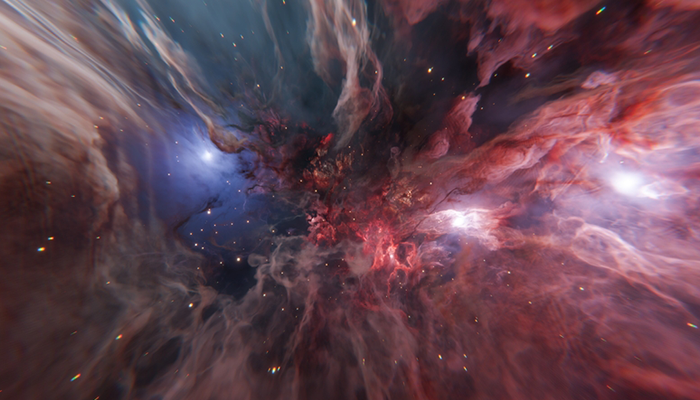NASA's Hubble Study Uncovers Dark Matter's Elusive Secrets: Exploring the Invisible Force that Challenges Our Universe's Understanding
- Admin
- 1 year ago
- 3 minutes read

In a recent study, astronomers utilized NASA's Hubble Space Telescope to investigate dark matter, the mysterious substance that constitutes most of the universe's mass. Focused on the Draco dwarf galaxy 250,000 light-years from Earth, the research offers a precise three-dimensional view of stellar movements in this galaxy. Previous observations suggested an even distribution of dark matter, contrary to simulations predicting a dense core. "Our models lean towards a cusp structure, consistent with cosmological predictions," noted Vitral. This discovery may profoundly impact our comprehension of dark matter's dynamics and its influence on galactic evolution.
Dark matter stands as one of the most profound enigmas of modern cosmology, defying our attempts to grasp its elusive nature. Imagine the universe as a grand stage where visible matter—the stars, planets, and galaxies—performs under the spotlight. Yet, lurking beyond the reach of our senses lies dark matter, the silent orchestrator in the cosmic theater.
Unseen Yet Influential
In the vast expanse of space, dark matter asserts its presence not through emission of light, but through gravitational influence. Like an unseen conductor guiding an orchestra from the shadows, dark matter shapes the movements of galaxies and cosmic structures. Its gravitational pull molds the universe's large-scale architecture, directing the dance of stars and galaxies in ways that visible matter alone cannot explain.
The Elusive Substance
Unlike its luminous counterpart, dark matter refuses to reveal itself in any conventional sense. It neither emits nor absorbs light, rendering it invisible to telescopes and optical instruments. This invisibility challenges astronomers to rely on indirect methods, akin to deciphering a cryptic message through its gravitational signature.
Searching in the Shadows
Scientists liken the quest for dark matter to searching for a ghost in a foggy night—an endeavor fraught with uncertainty yet filled with tantalizing possibilities. They deploy sophisticated tools such as NASA's Hubble Space Telescope and underground detectors to detect faint gravitational ripples or elusive particle interactions that betray dark matter's presence.
Cosmic Detective Work
Imagine astronomers as cosmic detectives, piecing together clues scattered across the universe's vast canvas. By studying the rotational speeds of galaxies or the bending of light around massive clusters, they reconstruct the invisible scaffolding of dark matter. These observations unveil a cosmic tapestry woven not just from stars and gas, but also from the unseen threads of dark matter's gravitational web.
Bridging Science and Speculation
Dark matter's mysterious nature invites speculation as much as scientific inquiry. Some theories propose exotic particles or alternate dimensions, adding layers to the cosmic mystery. It's akin to exploring a labyrinthine puzzle where each revelation opens new pathways of exploration and sparks debates that illuminate the frontiers of astrophysics.





